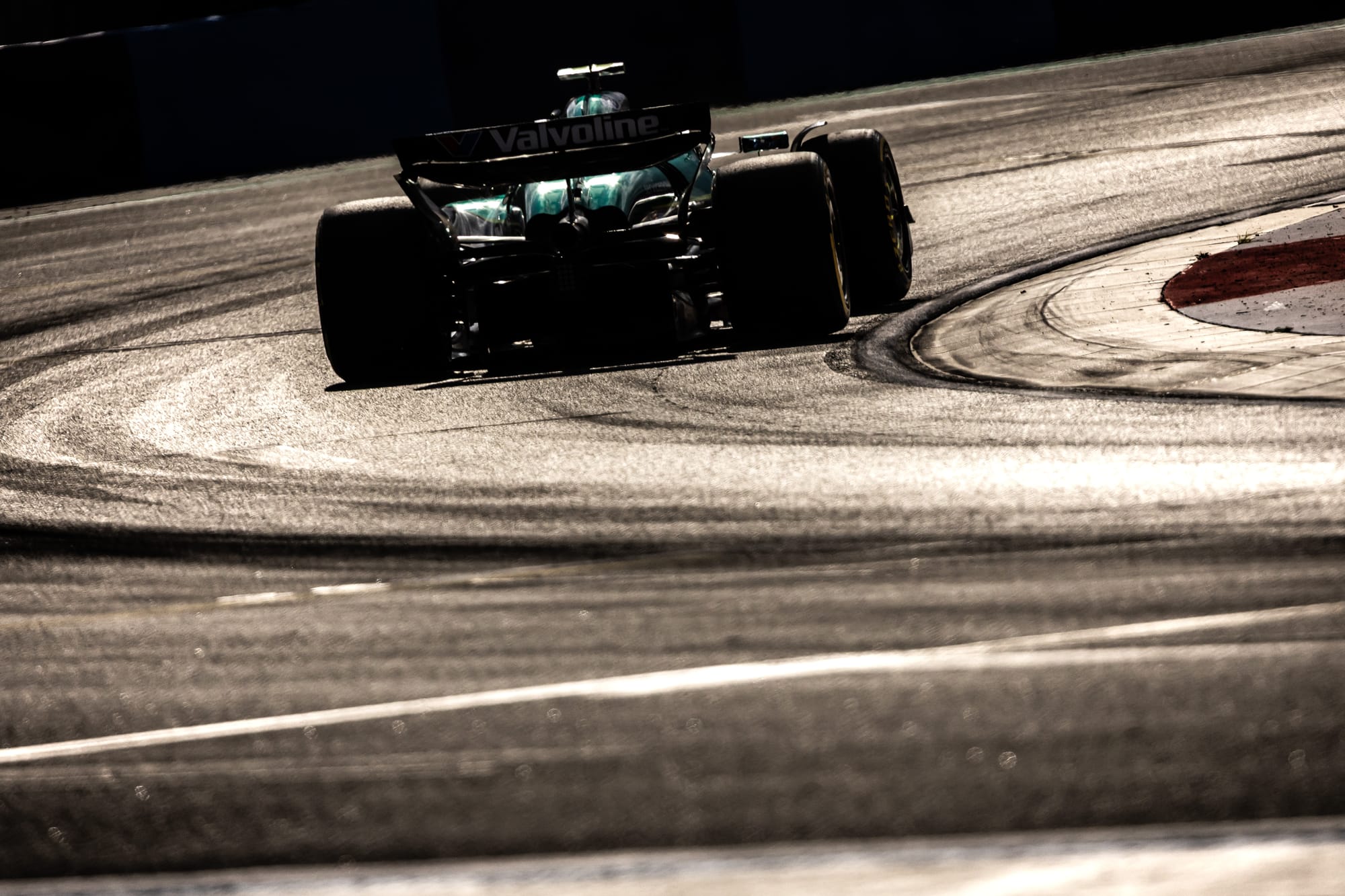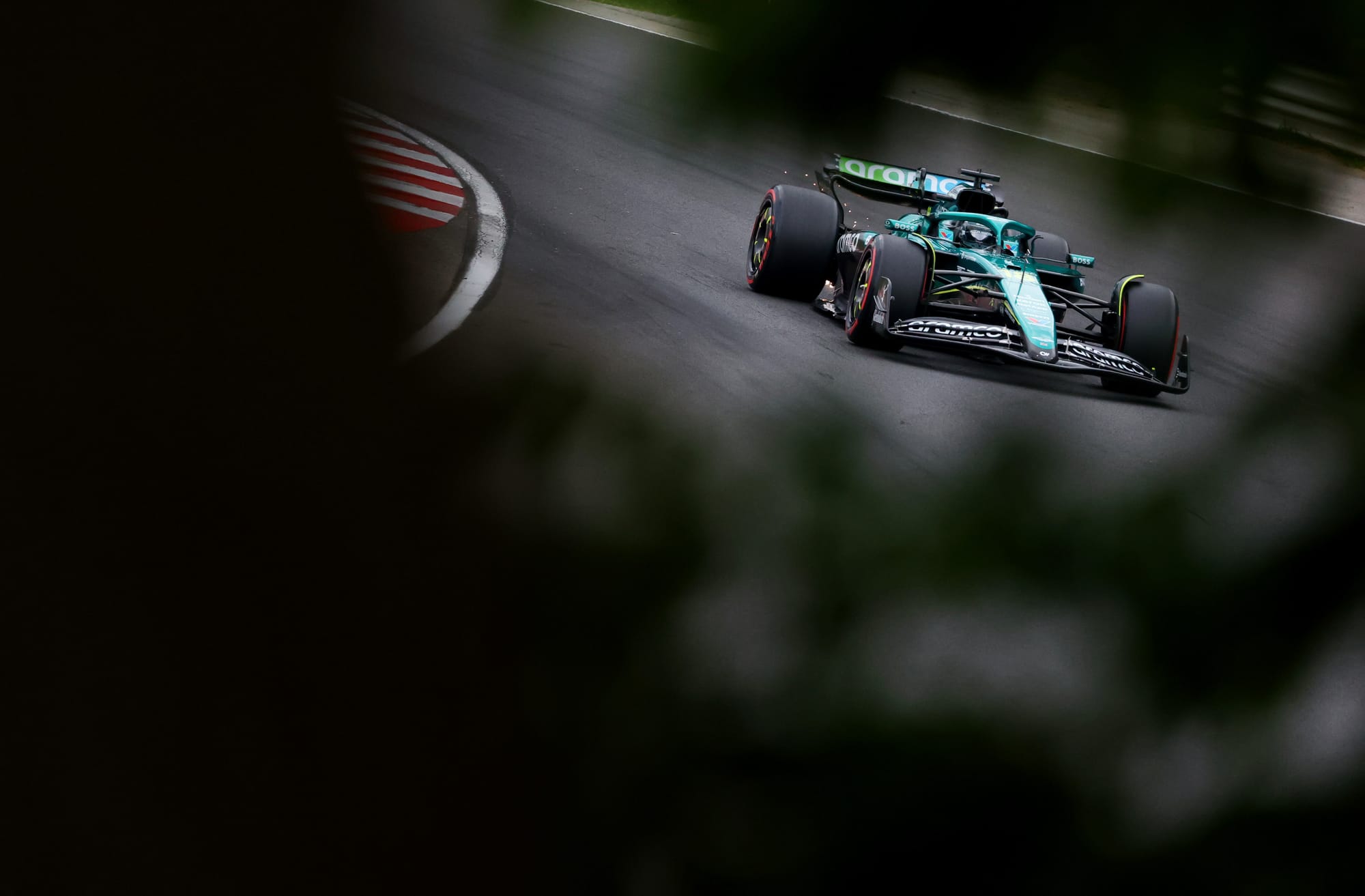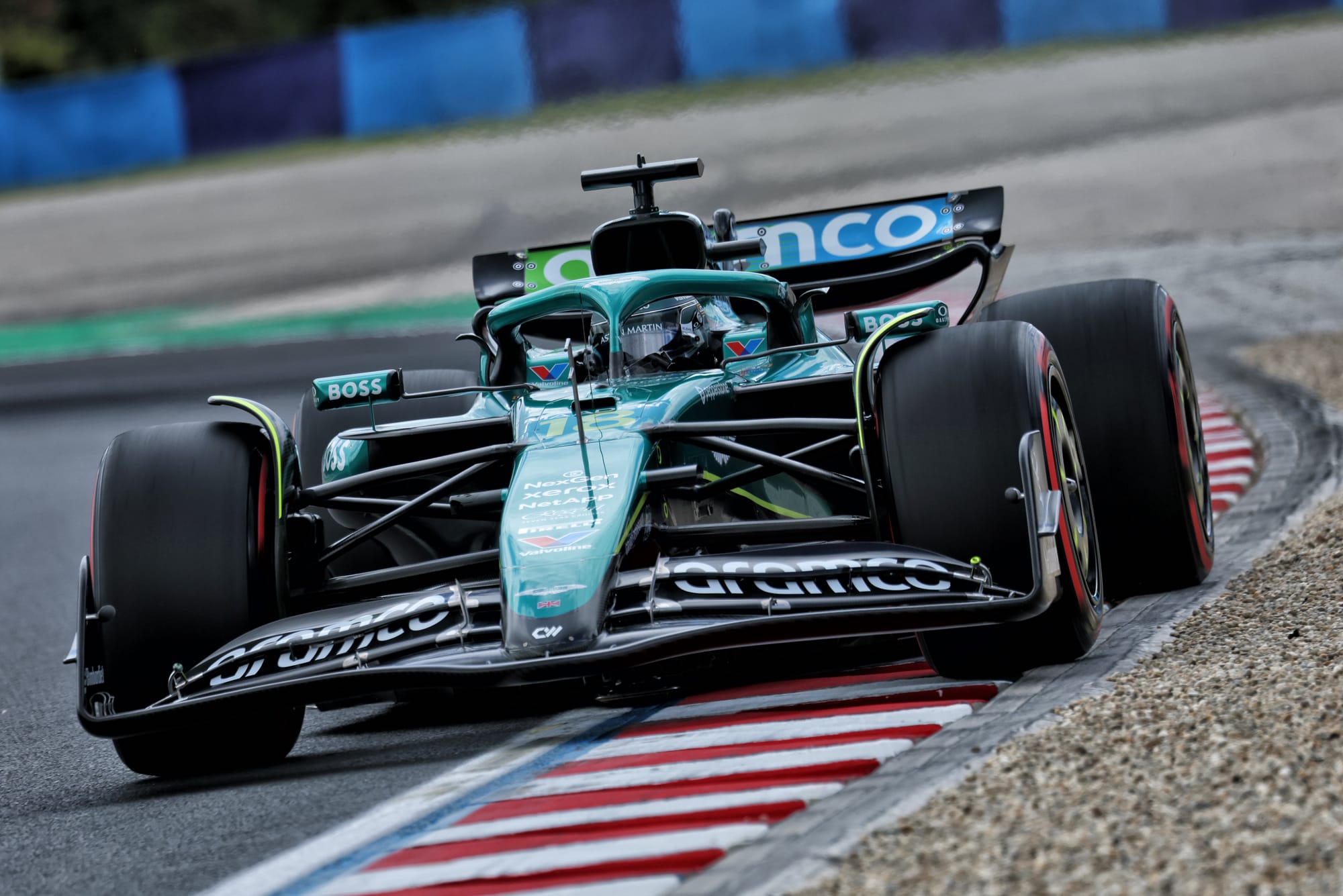Aston Martin has followed up its worst performance of the Formula 1 season in Belgium with its best qualifying result in nearly two years just a week later.
Fernando Alonso and Lance Stroll will share the third row of the Hungarian Grand Prix grid, which is the highest both cars have started since the 2023 Brazilian Grand Prix - where Stroll qualified third in a rain-hit session and Alonso was fourth.
"We're all surprised," said Stroll. "We definitely would have signed up for fifth and sixth coming into the weekend after the 19th and 20th last week."
Aston Martin's previous best grid positions this season were when an Imola upgrade package sparked an immediate boost in form and its drivers qualified fifth and eighth. Since then, Alonso has been a regular Q3 threat - he started in the top 10 in every race except Austria, where he was 11th.
That made the Belgian GP, where Aston Martin had the two slowest cars, a terrible aberration. And it coincided with the team running an older floor - removing the upgrade that had been introduced at the previous race at Silverstone and going back to the Imola specification.
This was better suited to the ride-height demands of Spa, particularly the compression at Eau Rouge, but it had a hint of last year's development dilemmas.
Aston Martin would mix-and-match parts through the back half of the season and was taking different floors to each race as it was not sure which would work best - a "saga" that chief trackside officer Mike Krack said cannot be repeated this time around.
It is interesting, therefore, that the Imola floor has been on the car again in Hungary - where both cars have been very strong throughout the event and always looked like they would get into Q3.

Alonso might even have had a chance of a front row start: he and Stroll were just over a tenth away from pole in a session dictated by reduced track temperatures and wind direction changes, which Aston Martin played perfectly by running slightly earlier when the circuit seemed fastest. Alonso's lap compared to polesitter Charles Leclerc’s was almost equal until the final two or three corners.
Clearly, rolling back to an older floor has not hurt Aston Martin. Which means what happened at Spa was more a matter of circumstance and track characteristics going against it - and those factors have now gone in the team's favour in Hungary.
The Hungaroring is clearly better-suited to the AMR25. The front wing and nose upgrade that was trialled at Spa last week was done with Hungary in mind, as it was geared towards higher-downforce circuits.
That is exactly what this track is, with a heavy emphasis on medium-speed corners and traction. This combination seems kinder on the Aston Martin, as does the absence of long straights - so the trade-off between drag and downforce is not a great factor, and aerodynamic efficiency is something Aston Martin has never quite seemed to nail in this rules era.

"I would say that it's track characteristics, to be honest," said Alonso when asked by The Race to explain the turnaround in form.
"We didn't change the car massively since Spa, seven days ago. No new parts for anybody to this race. Just the layout, the characteristics of the circuit is just suiting our car apparently.
"It will be nice to understand why the car is operating in this sweet spot here, because if we understand that, we can use it in the next few races."




